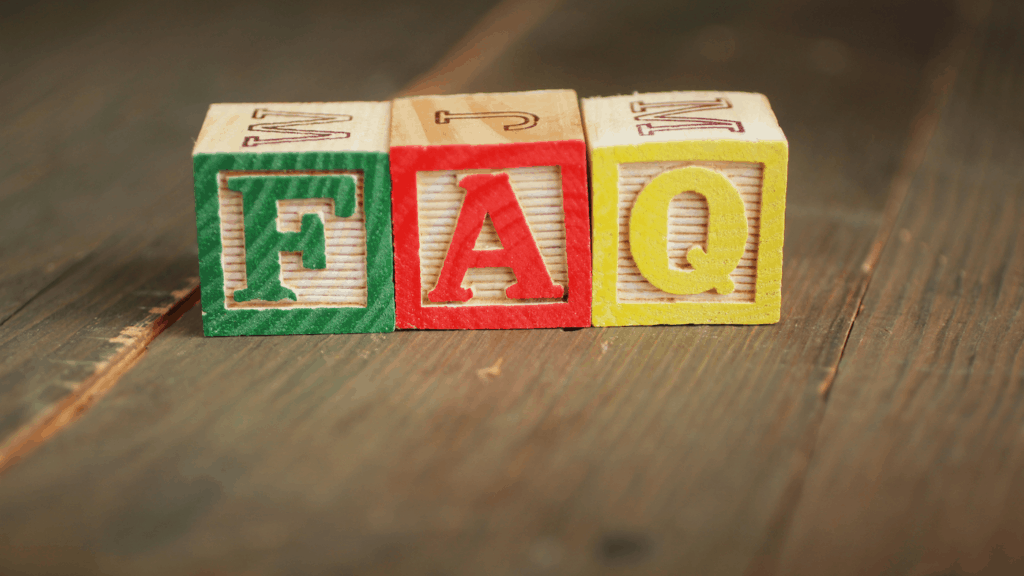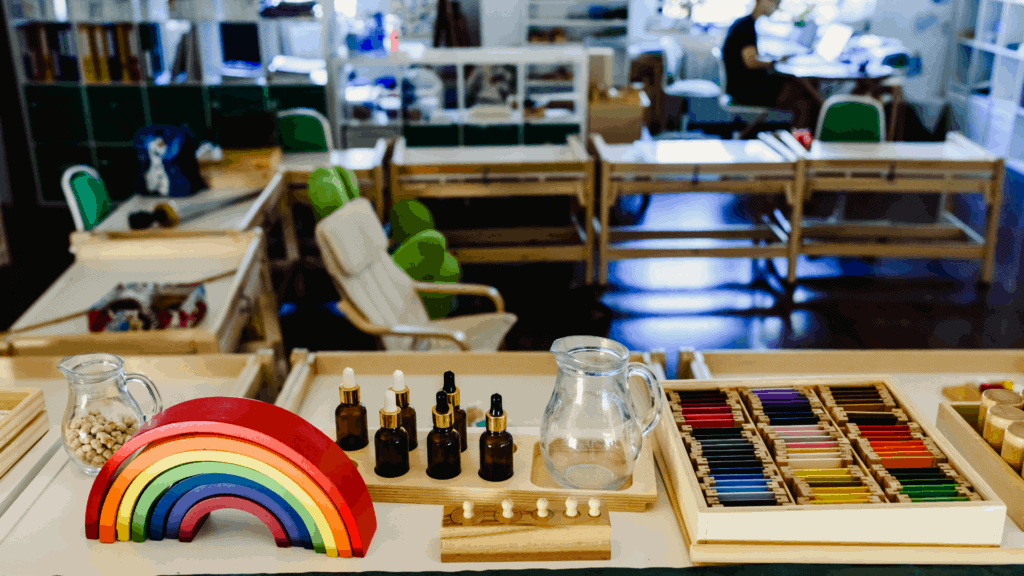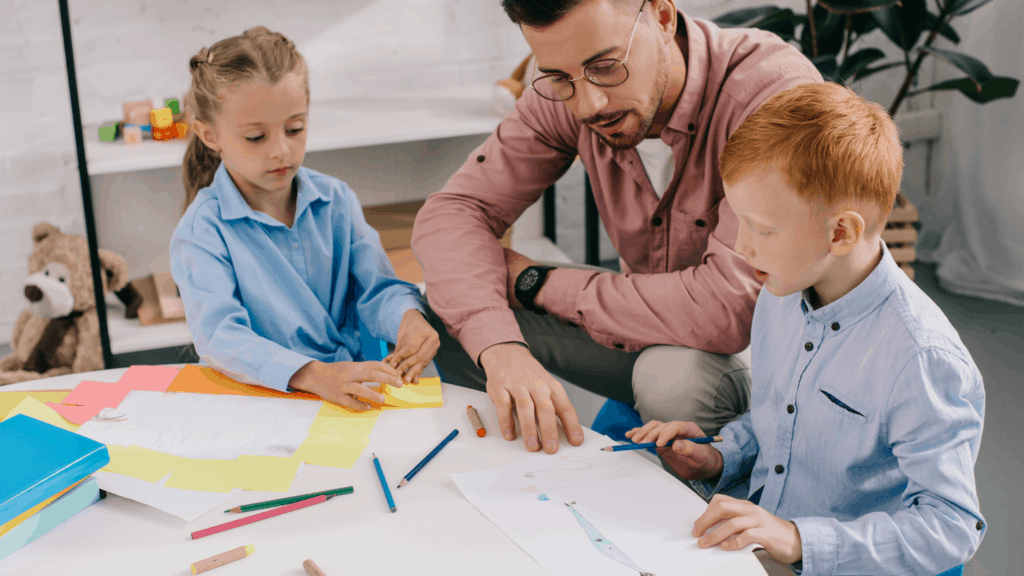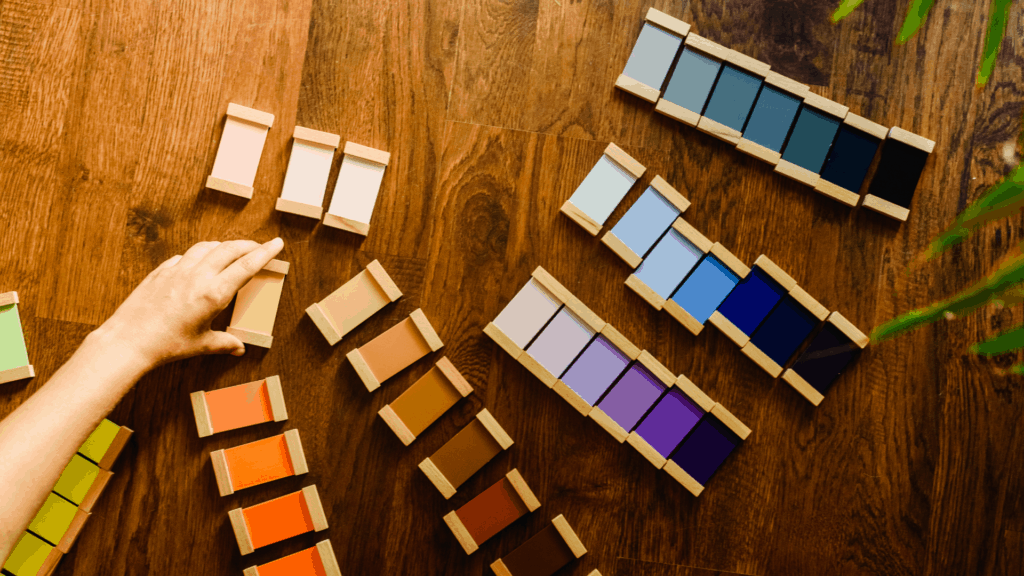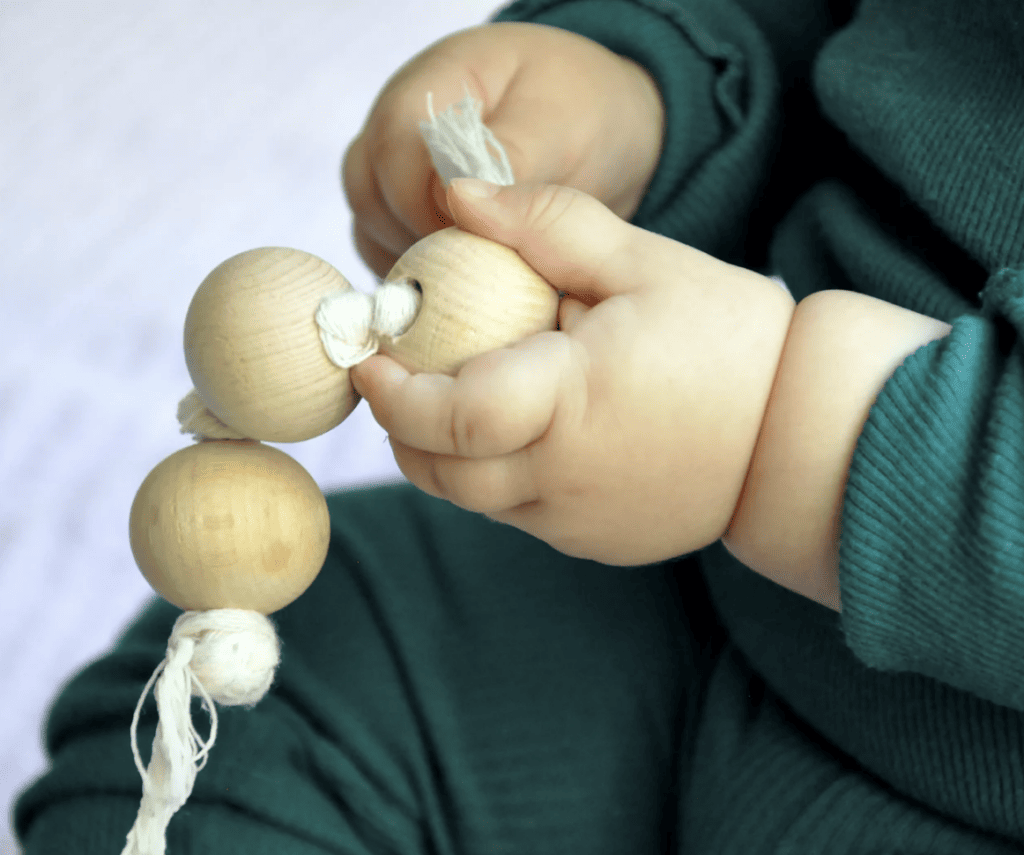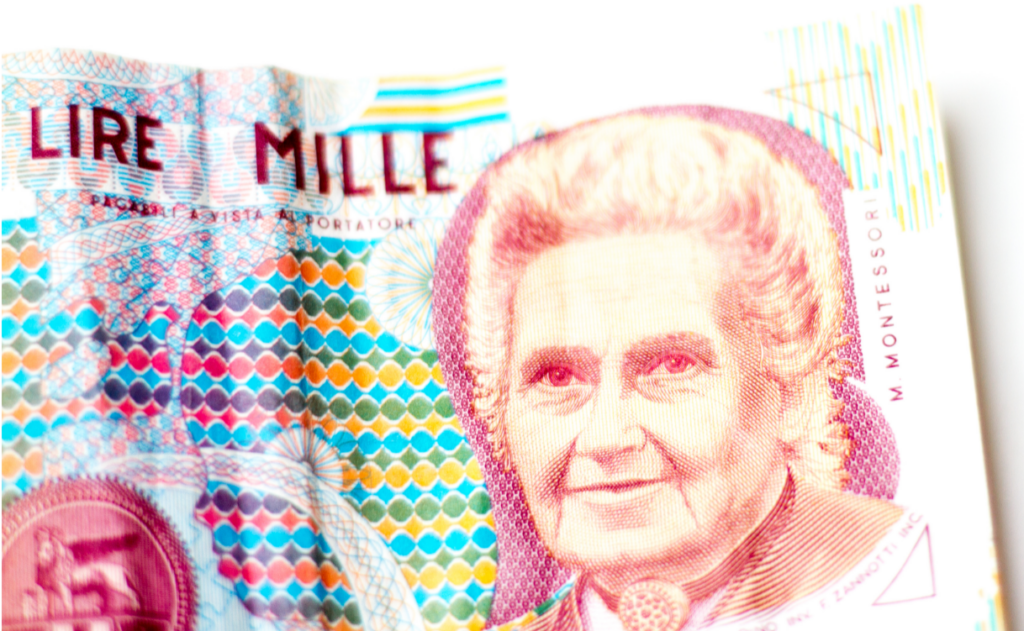
The
Maria Montessori was a physician and educator who was most popular for her work in the late 1800s and early 1900s with children.
How did Maria Montessori create the Montessori Method for teaching children? Continue reading to learn the whole story of why and how the
Who is Maria Montessori ?
Maria
Childhood
Maria
Maria was a bright student and did not allow the traditional roles of women in her society to deter her from her pursuit of education. Maria was interested in many different career fields before she found her true passion of education for young children. When Maria was in her early teens and young twenties, she wanted to go into engineering. As a strong, confident young lady, Maria entered into an all-boys technical school at the age of 13 to pursue an education in engineering.
Education
While studying at the all-boys technical school, she changed her mind on what she wanted to study; Maria wanted to become a doctor. Her parents had wanted Maria to make a career out of teaching young children, as this was one of few careers at the time which was very accepting to women. Despite her parent’s wishes, Maria insisted upon studying in the medical field, a career choice heavily dominated by men. Maria felt like she must become a doctor and was not going to quit.
“Adults move because their will directs them. The small child is urged by nature.”
dr. mariamontessori
Upon graduation from Regio Instituto Tecnico Leonardo da Vinci, Maria began studying at the University of Rome, but not initially in the medical field. While completing her engineering education, Maria had applied for the University of Rome. Unfortantantly, Maria was rejected. Unwilling to accept rejection and defeat, Maria began to take additional courses to prepare her for medical school and hopefully gain acceptance into the school. Maria began studying at the University of Rome, not to study in the medical field, but to study mathematics, physics, and natural sciences. Maria received her degree only two years later in 1892 at 22 years old.
Through her hard work in receiving her degree, Maria was able to receive word that she had been accepted into the Faculty of Medicine, allowing her to become a role model for other women wanting to go into the medical field. Maria became one of the first women in all of Italy to study medicine. Maria
Maria was able to pay for her medical education through a series of scholarships she had received. Not only for being a woman studying in a male-dominated field but also due to her intent to master in her field.
Maria’s medical education did not come with ease. She had to work hard, not only because the material being taught was difficult, but also to overcome the prejudice she faced from the men she studied with. Maria had to complete dissections alone because the school would not allow them to be done in mixed classes, and she was the only woman. Maria’s hard work and dedication allowed her to receive her degree in 1896. Maria became one of the first female doctors in Italy, and her name was known throughout the country.
Work with Children
When Maria first started practicing medicine after graduation, she worked primarily in psychiatry. She first started working as a surgical assistant at the Santo Spirito Hospital located in Rome. Maria worked with the poor, but mostly with the children. In 1897, Maria joined a volunteer research program for the University of Rome’s psychiatric clinic. As part of her volunteer work for the program, Maria had to visit the asylums in Rome for mentally disordered children (as it was called back then). Maria’s job was to find children who would be eligible for potential treatment back at the University.
While working with these children and visiting the asylums they were kept at, Maria began to noticed how the children seemed to have a lack of sensorial stimulation. This lack of stimulation seemed to be adding to their condition. Maria began to read all she could to understand children with learning disabilities.
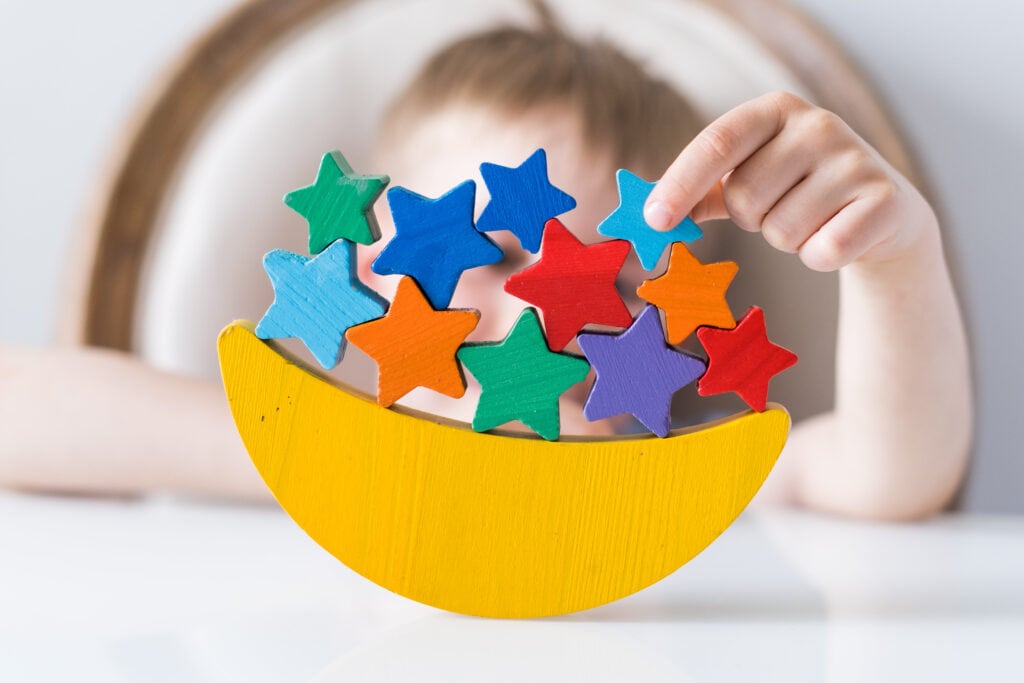
As
A year later, when Maria spoke once again to the Congress, Maria spoke on social reform using proper education. She talked about how there should be proper training for all teachers who care for children with special needs.
Maria became a co-director of a special institution called Orthophrenic School. This teaching hospital and school would take in children with a wide variety of mental and emotional disabilities. Here, Maria was able to able to put in place some of the theories she—and other doctors—had to help children with special needs. Maria would study and observe the children all day and finish her notes at night. The time Maria spent at this school changed her career course from being a physician to an educator.
In 1907, Maria created her own school, not only for children with special needs but for all children. This school was called Casa dei Bambini, or Children’s House. Here Maria began to further develop and create the Montessori Method. She had placed many different activities and materials for the children to use throughout the school, but would only keep those with which the children interacted. Maria began to realize through observation of the children that when surrounding by educational activities and materials, the children would teach themselves.
The school saw huge success, including 5-year-olds teaching themselves how to read and write. By 1908, four other schools had opened and were allowing children to teach themselves in a supportive environment.
Maria
Feminist
Among her many titles of a physician, educator, icon, and more, Maria
After graduating from the University of Rome, Maria was asked to attend the International Congress for Women in Berlin as the representative for Italy. Here, Maria gave a speech to Congress advocating for equal pay for women. Maria also argued for social reform in the way women were treated in the workforce. When speaking to a reporter after her speech, she expressed her opinion that the upper class is the issue in how women are treated.
Legacy
The work Maria
“Education must begin at birth.”
Dr. Mariamontessori
Why Did Maria Montessori Create the Montessori Method?
Maria
How It Is Used Today
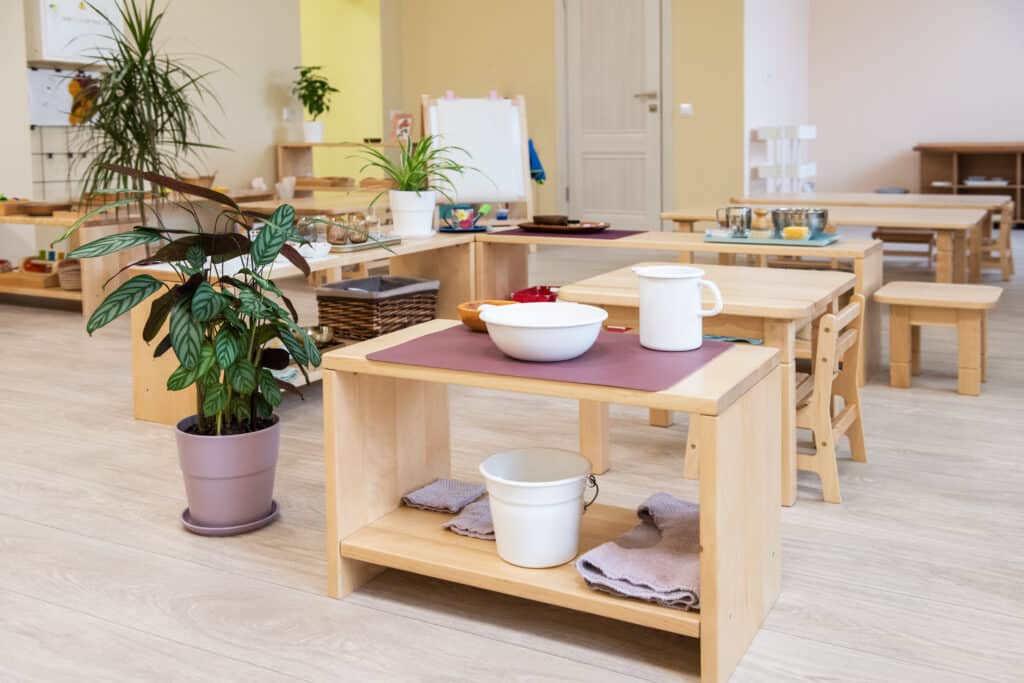
Today, the
In the United States alone, there are over 5,000
There are also
These schools are not the only ways children are receiving a
Related: How to do Montessori at Home
Many parenting groups discuss
Currently, there is a bigger push towards parenting and teaching children using the Montessori Method. Many toy companies specialize in creating educational materials for children to teach themselves with. Many parents are turning to the
Many different companies are not only specializing in Montessori-themed play materials but also in other
Sources:
Biography of Maria Montessori
History of Montessori
Who Was Maria Montessori


